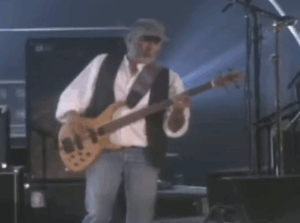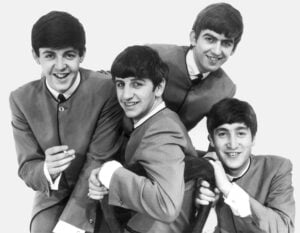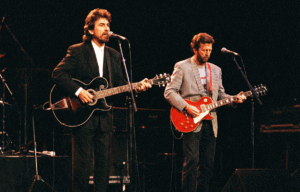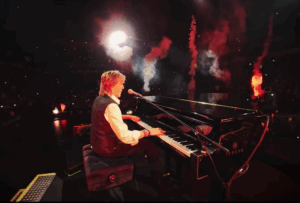The Cause Of The D.C Plane Crash Uncovered
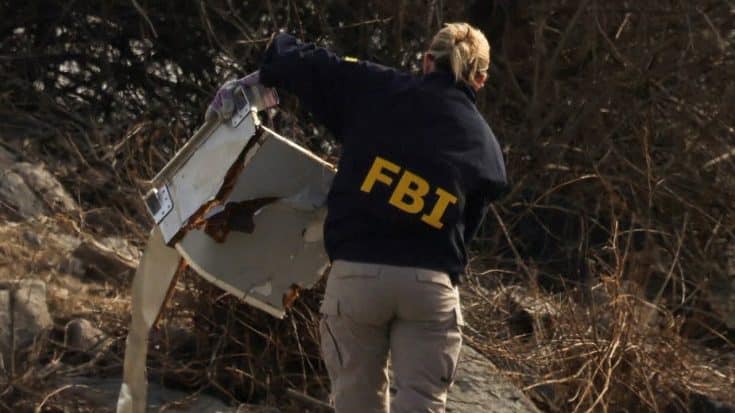
via 6abc Philadelphia / Youtube
American Eagle Flight 5342 was descending smoothly approaching Ronald Reagan Washington National Airport on a clear Wednesday evening. Everything appeared to be normal—until catastrophe struck—and the pilots were communicating with air traffic control. The traveler aircraft and a U.S. A collision in flight caused an Army Black Hawk chopper to flare into flames before crashing into the Potomac River. All 64 individuals on board the aircraft and the three crew members on the helicopter perished in what was the first significant fatal commercial airline crash in the United States in sixteen years.
Federal investigators are also trying to piece together what happened. This kind of crash frequently results from a series of failures rather than a single error. According to aviation experts, they will examine everything, including potential technological issues, pilot communication, and air traffic control choices.
Kenneth Byrnes, a pilot and the chairman of Embry-Riddle Aeronautical University’s flight training department, stated:
“Everything, unfortunately, lined up for this accident to happen.”
Both Technology and Human Error Could Have Played a Role
The National Transportation Safety Board (NTSB) is leading the investigation, with help from the Federal Aviation Administration (FAA) and the Army. Investigators will be combing through flight data, radio traffic, radar records, and more to understand how these two aircraft ended up in the same space at the same time.
“We look at the human, the machine and the environment,” NTSB Chair Jennifer Homendy told reporters. “We will look at all the humans that were involved in this accident. We will look at the aircraft. We will look at the helicopter. We will look at the environment in which they were operating in. That is standard.”
One major focus will be the automated safety systems. Commercial jets like the American Eagle are equipped with TCAS (Traffic Alert and Collision Avoidance System), which warns pilots if another aircraft is too close. However, military helicopters, including the Black Hawk in this crash, typically don’t have TCAS. Even when TCAS is active, it reduces alerts at lower altitudes to avoid unnecessary warnings. The American Eagle jet’s last recorded altitude was just 375 feet, meaning there may have been little time to react.
John Halverson, an experienced pilot familiar with Reagan National’s tight airspace, reviewed flight data and saw nothing unusual. “They were in the slot. They were exactly where they needed to be,” he said.
Air traffic control communication will also be under the microscope. Transportation Secretary Sean Duffy confirmed that both aircraft had experienced pilots and were in “standard communication” with controllers. Yet, something clearly went wrong.
“Everything was standard in the lead-up to the crash,” Duffy said. “Obviously something happened here.”
Was Visibility an Issue?
Flying in and out of Reagan National Airport comes with unique challenges. The airspace is congested, with strict flight paths, military aircraft in the mix, and a cityscape full of bright lights that can make it hard to track other planes.
“Reagan is just so saturated with lights. It’s very easy to lose sight of an airplane in that flood of lights,” said Shawn Pruchnicki, a former airline pilot and aviation expert.
Another possibility? Blind spots. Just like cars, planes and helicopters have areas that pilots can’t easily see. If the two aircraft were in each other’s blind spots, they would have had only seconds to react.
“Helicopter pilots can’t be just constantly leaning forward or backward, because you could become disoriented,” Pruchnicki explained. “So there could have been a visual obstruction for them as they were trying to find this jet, and they ran out of time.”
The Army pilots were wearing night vision goggles, which can improve visibility in the dark but also limit peripheral vision—like “looking through soda straws,” as retired Air Force Colonel Dean Winslow put it.
One of the last recorded communications was a controller asking the helicopter pilot if they could see the plane and instructing them to pass behind it. Moments later, the crash occurred, lighting up the night sky in a fireball.
As the investigation unfolds, experts stress that flying remains incredibly safe, but this tragedy has sparked fresh concerns—especially in high-traffic airspace like Washington, D.C. It may take a year or more for the NTSB to determine exactly what led to the collision, but for now, one thing is clear: a tragic combination of factors came together in the worst possible way.





